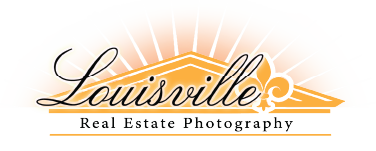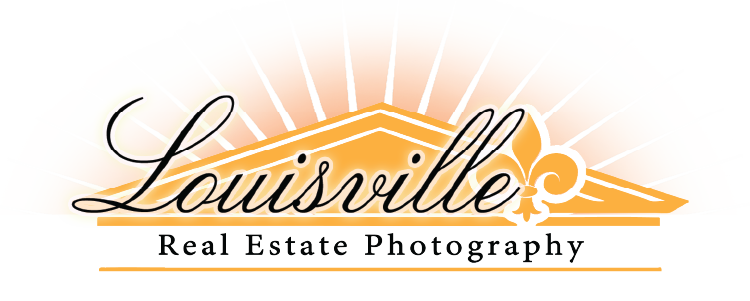The Art of Real Estate Photography
Crafting Visual Stories
Real estate photography has come a long way from simply capturing a room with a quick snap. It has evolved into an art form, where photographers now strive to paint visual narratives and craft stories through angles, lighting, and finesse. Each shot is carefully composed to create a captivating image that tells a story about the property. In this article, we will explore the art of real estate photography and the techniques used to craft visual stories that engage potential buyers.
Composition and Framing
One of the key elements in real estate photography is composition and framing. By following the rule of thirds, photographers can create a visually pleasing image that draws the viewer’s attention to the main subject. Placing the subject off-center can add interest and balance to the composition. Symmetry is another powerful tool in real estate photography, especially when capturing architectural details. A well-framed shot that emphasizes composition can make a room appear more spacious and inviting.
Capturing Architectural Details
Real estate photography is not just about capturing the overall space; it’s also about highlighting the unique architectural details that make a property stand out. From intricate moldings to beautiful staircases, these details add character and charm to a space. By focusing on these details, photographers can showcase the craftsmanship and design elements that make a property special.
Atmosphere
Creating the right atmosphere is crucial in real estate photography. Natural lighting plays a significant role in setting the mood of a space. Photographers often choose to shoot during the golden hour, which is the hour after sunrise or before sunset when the light is soft and warm. This creates a cozy and inviting atmosphere that appeals to potential buyers.
The season and time of day also play a role in setting the atmosphere. For example, photographing a property during the fall with colorful leaves can create a warm and inviting feeling. On the other hand, shooting during the winter with a light dusting of snow can create a serene and peaceful atmosphere. By considering these factors, photographers can create images that evoke emotions and make potential buyers feel connected to the property.
Cohesion
Creating a cohesive style across different listings is essential for real estate photographers. This helps establish a brand and makes it easier for potential buyers to recognize and remember the photographer’s work. By developing a thematic style, photographers can create a consistent look and feel across their portfolio. This can be achieved through consistent editing techniques, color palettes, and composition choices.
For example, a photographer may choose to focus on bright and airy interiors with lots of natural light, using soft pastel colors and minimalistic compositions. This creates a cohesive and modern aesthetic that appeals to a wide range of buyers. Another photographer may opt for a more moody and dramatic style, using darker tones, strong contrasts, and unique angles to create a sense of intrigue and luxury.
The Artistic Endeavor Behind Each Shot
Real estate photography is no longer just a technical skill; it has become an artistic endeavor. Each shot is carefully crafted to tell a story, evoke emotions, and capture the essence of a property. From composition and framing to creating the right atmosphere, photographers use their creative vision to transform a space into a visual masterpiece.
In order to excel in real estate photography, photographers must not only have a good understanding of technical aspects such as lighting and composition but also possess a keen eye for detail and a sense of storytelling. They must be able to see beyond the physical space and capture the essence and unique features of a property.
As the real estate market becomes increasingly competitive, the demand for high-quality and visually appealing images continues to rise. Buyers are looking for more than just a basic representation of a property; they want to be captivated and inspired. This is where the art of real estate photography comes into play, allowing photographers to create visual stories that engage potential buyers and leave a lasting impression.
In conclusion, real estate photography has evolved into an art form that requires skill, creativity, and a deep understanding of the property being photographed. By mastering composition and framing, capturing architectural details, creating the right atmosphere, and developing a cohesive style, good media can elevate your work and make a property stand out in a crowded market. The art of real estate photography is about more than just taking pictures; it’s about crafting visual stories that leave a lasting impact on viewers.
”The demand for high-quality and visually appealing images continues to rise.
Barry WestermanOwner - Louisville Real Estate Photography



